Victorio and his indomitable apaches
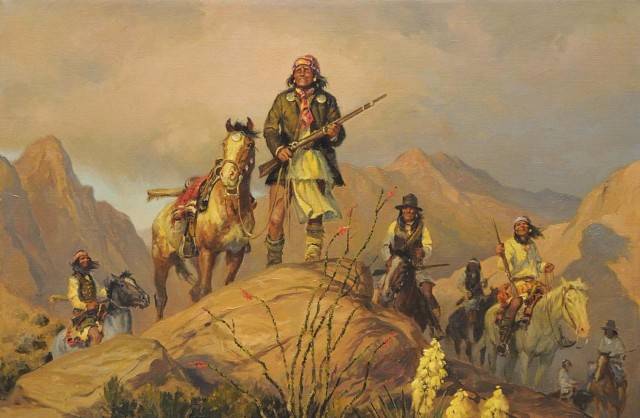
Happy times of the Gray Wolf
At first, US President Ulysses Grant tried to solve the problem with the Indians peacefully. An officer Gordon Granger was sent to the southwestern lands, having proven himself to be in opposition to the indigenous people of America. He had to persuade the Apaches to voluntarily move to the reservation. True, at that time they existed only on the map.
Granger met with the leader of the Indians, but failed to achieve a positive response from the Apaches. After Gordon had failed in his task, President Grant sent another no less famous military man, George Kruk, to the cause. With this appointment, Grant, as they say, hit exactly the bull's eye. In a short time Crook managed to gain confidence in the Indians. And they said about him that George is “more Apache than many Apaches”. He was also respectfully called Gray Wolf. For several years of "work", Crook was able to persuade almost all the natives of Arizona and New Mexico to relocate. And the matter is not only in respectful and confidential attitude towards the pale face. Kruk contributed to the emergence of a fundamentally new type of reservation. According to the military (as odd as it may sound), the reservations should have been for the Indians not just temporary parking, but a real home. Therefore, the territory of the future residence of the Redskins, he chose based on their needs and habits. The lands of Arizona, which completely corresponded to the habitual life of the Apaches, were best suited. The Gray Wolf was probably the most zealous broncho of the best lands in Camp Verd. In addition, George gave the resettled Indians full self-government, the judiciary and his own police. In addition, the Gray Wolf taught the Apaches to plant fields and grow pumpkins. Then it seemed that Crook was able to put an end to the bloody confrontation between the colonists and the indigenous population. In general, in a short time (about four years) Gray Wolf did what his predecessors did not succeed for several centuries. People began to live happily and peacefully, if not throughout the United States. But ... the president considered that Crook completed the task and transferred him to another area. Now George had to take part in the military campaign against the Sioux and Cheyenne.
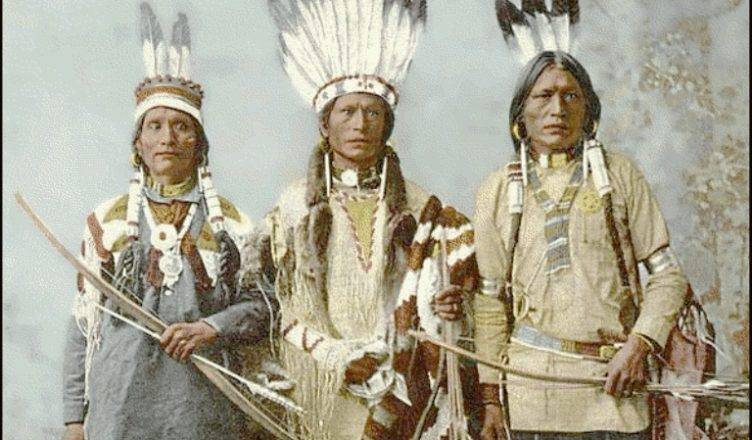
As soon as the Gray Wolf left Camp Verd, the authorities reduced his work with a single stroke of a pen. The new order stated that the reservations created by Crook should be eliminated. And the Indians relocated from their native territories to San Carlos - an area of desert and unsuitable for life. Redskins by force, threatening with reprisals, were sent, one might say, to death. How many people died from cold, thirst and hunger of chiricahua, mescaliers, Indians of the White Mountains and other Apaches - nobody knows. The corpses just nobody thought. Reservations, which were houses, are gone. In their place came the concentration camp San Carlos.
But not all Apaches humbly accepted their fate. Mass unrest began in San Carlos. The tribes of the Apaches were mixed into one, united by a common misfortune. Indignation was led by three leaders - Chunts, Konchino and Chaun-Desi. They dealt with the deputy reservation and fled. On the lands vacated after the resettlement of the Apaches, numerous pale-faced people immediately settled. And the Indians lost their homeland forever. Dissatisfied with the situation went to the mountains, as well as to the northern part of Mexico. Since the Mexican soldiers guarding the border turned a blind eye to the settlers, the Apaches had no problems. At the new places of residence, the Indians built fortified settlements. And already from there they often raided the pale-faced people who had occupied their ancestral lands. And since the position of the Indians who remained on reservations only worsened from year to year, the number of fugitives grew.
Brewing a major conflict.
Victorio on the warpath
For the Apache-Mimbreno, the Ojo-Caliente reservation was originally allocated. George Kruk gave these lands to the Indians, because they were their original territory. But in 1877, the Indian affairs department from Washington ordered the red men to leave their occupied lands and move along with the chiricahua Apaches to the San Carlos reservation. By that time, this concentration camp had already been filled to the utmost by the settlers, and the Indians knew the fate of the pale-faced people. But they could not not fulfill the order. So we went to San Carlos.
At the new site, mimbreno, headed by the leader Victorio, lasted only two years. In the spring of 1879, a group of Indians (according to various sources from a few dozen to several hundred people), along with their leader, fled from San Carlos. They traveled to the homeland of Ojo-Kalende to lead a guerrilla war against the invaders from there. The Indians settled in the mountains and built a fortress, which became a new home for them.
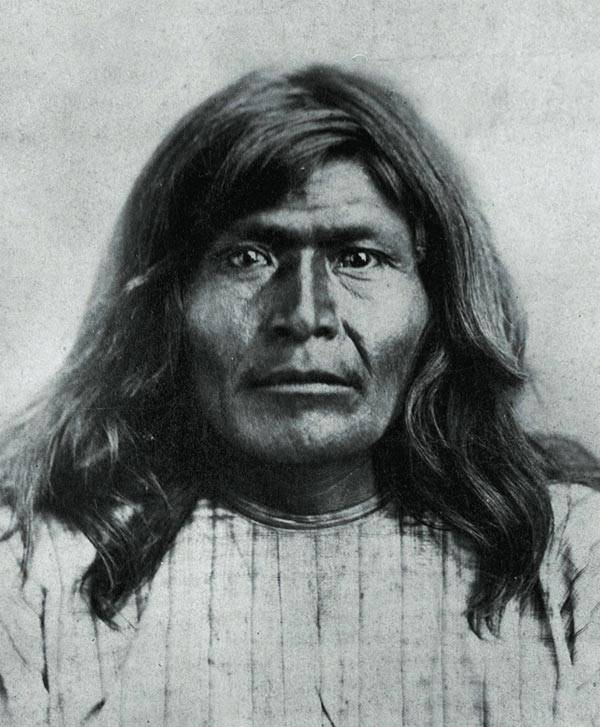
The Indians used their illegal status for one hundred percent. Every now and then they made lightning attacks on the white settlers of Oho Kalende, stealing cattle from them and burning houses. Then Victorio began to send his soldiers to the settlements located in the states of Texas and New Mexico. This development, of course, did not suit the Americans. The authorities decided to get rid of the indomitable Apaches, who caused so much trouble. Soldiers of the 9 Cavalry Regiment set off to hunt for the Redskins. But the first to attack the Indians. Victorio chose the right moment, so the attack was unexpected for the pale-faced. US soldiers were forced to retreat, suffering losses. The Apaches celebrated victory and rich booty - they captured weapon, ammunition and a few dozen horses.
This victory was the last straw. In search of the indomitable, one thousand US soldiers set off, helped by hundreds of rangers from the conquered tribes of the Apaches and the Navajo. In addition, armed groups of volunteers provided assistance in fighting Victorio. But the number of rebels increased. More and more disgruntled Indians went to the mountains to Victorio, hoping that they would be able to win their right to a decent life.
The increase in the number of aggressive-minded Indians caused panic among the population not only of the former lands of the Apaches, but also of nearby territories. Especially worried about their lives and wealth large landowners. They understood that sooner or later the redskins would get to them.
In mid-September 1879, the Apaches Victorio ran into Captain Byron Dawson's cavalrymen. While the soldiers descended into the canyon, the Indians managed to take more advantageous positions to fire the enemy. Started a shootout. The battle lasted almost two days with occasional stops. And it ended in victory for Victorio. I must say that in two days of shooting, Dawson lost only five soldiers. A few more were slightly injured. No one was hurt by the Apaches. A pale face had to retreat because of a banal reason - they ran out of ammo.
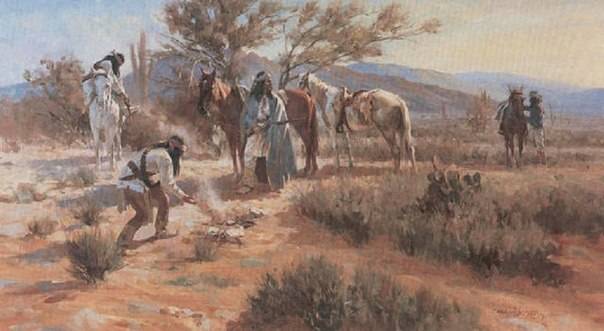
Soon residents of nearby settlements organized their own punitive expedition against the Apaches. A detachment consisting of farmers, went to the mountains, hoping to catch the Bronco by surprise. They had a very vague idea about the size of the enemy and its weaponry, so they thought that they would face a confrontation with a bunch of drunken Indians with bows. But as soon as the pale-faced people began to climb the winding mountain path, they were greeted by gunshots. The frightened punitive detachment hastened to retreat, but the Apaches jumped out from behind the stones. Battles did not work. The Indians easily (without losing a single warrior) killed all the uninvited guests.
After that, the Apaches Victorio made several more attacks on American settlements. In one of the raids, they were faced with a detachment of volunteers from the miners, who was just going to pacify the rebellious redskins. The victory was left to the last.
The fate of the retaliatory punitive detachment, consisting of farmers, worried residents of nearby settlements. Therefore, it was decided to send the second expedition, which was to find the first detachment, to unite with him and attack Victorio. But this time, not only ordinary Americans went to the mountains. They came to the aid of Mexican soldiers from the garrison in Paso del Norte (now the Mexican city of Ciudad Juarez), American soldiers and Texas rangers. Assistance in the search for the rebels have indians trackers.
The scouts reported to Victorio that the army of the enemy was heading for the mountains. And then the leader decided to arrange a trap for the guests. He directed part of his soldiers to the north in order to confuse the enemy's trackers. The rest of the warriors took a favorable position in the gorge.
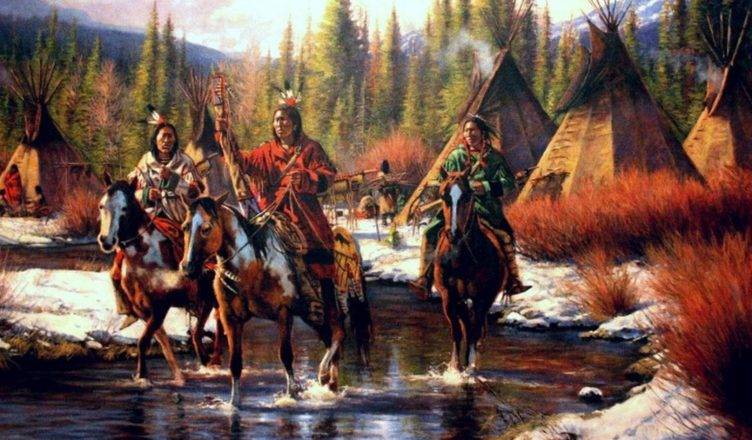
The pale-faced, led by the rangers, reached the place of the death of the first punitive detachment, where they found the bodies of their compatriots. The commanders ordered to chop down trees to burn the corpses. They did not worry about their safety, because the Indians found fresh trails leading north. The squad considered that Victorio and his men had escaped. But as soon as a big fire broke out, shots rang out and arrows flew. After a short fire, the Apaches poured into the gorge. The second punitive expedition shared the fate of the first. None of the Americans and their Red Allies survived.
Last fight victorio
In the autumn of 1880, Victorio and his warriors were in Tres Castillos, in the east of the Mexican state of Chihuahua. The Apaches, tired of the endless hostilities, chose this place for a brief respite. And here Victorio made the first mistake. Trusting his scouts, who informed him of the absence of the enemy, he sent most of his soldiers to the hunt. There were women, children and only a few capable men in the camp.
At night, a large detachment led by Colonel Joaquin Terrasas approached the Indians. Allied rangers from the Taraumara tribe led him to the Apaches. Taking advantage of the moment, the soldiers silently killed the guards, and then staged a massacre in the camp indomitable. According to legend, Victorio and his Apaches resisted, as they say, to the last drop of blood. The leader received more than a dozen wounds before his lifeless body fell to the ground.
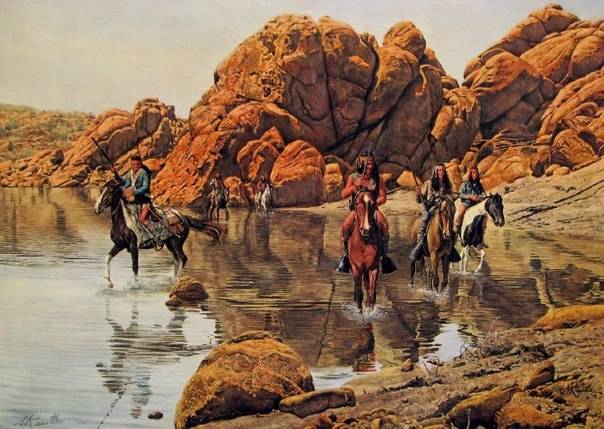
The soldiers of Terrazas spared neither women nor children. In all, seventy-eight rebel Apaches died of their hands that night, fifty-three of whom were women and children. Another sixty-eight people were captured (there were practically no men among them). According to the official version, Victoria fell by the hand of captain Mauricio Corredor, who led the trawler trooper squad.
When the rebels were finished, the detachment of Terrazas returned to the city. Soldiers who proudly displayed seventy-eight scalps in Chihuahua were greeted as real heroes. For the murder of the leader of the Apaches, the Corredor received a formal suit (according to another version, a personalized rapid-fire rifle).
***
Only a few Indians managed to survive in that slaughter. Among them was the leader Nana, who led the uprising after the death of Victorio. He managed in a short time to gather around him a few dozen Apaches, after which he headed north to the Sierra Madre mountains. On the way, they met a small volunteer squad of Mexicans. In the ensuing battle, the Indians won, killing nine enemy soldiers.
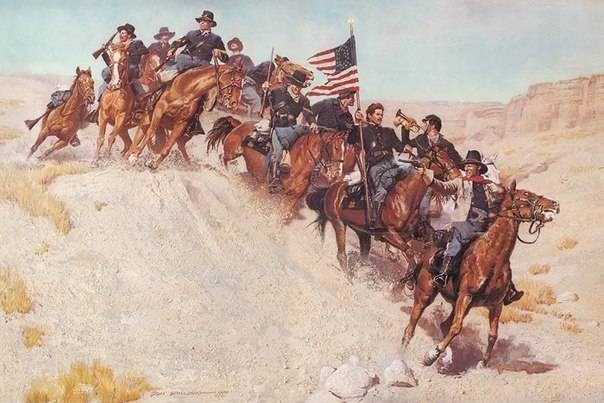
In the summer of 1881, Indians under the leadership of Nana attacked the US states of Arizona and New Mexico. And although their numbers were modest, the Apaches managed to frighten the white inhabitants of these lands. Soon Nana attacked Texas cowboys, after which he headed for the Sacramento Mountains. Here, several Mescalero Indians joined the leader. But still, the total number of insurgents did not exceed four dozen warriors. Of course, there could be no talk of a full-fledged war with the United States. Nana understood this perfectly well, so he chose the tactics of surprise attacks. In six weeks, his soldiers traveled more than a thousand miles, taking part in twelve battles with pale faces. Behind them was a detachment of Americans, consisting of a thousand soldiers, helped by hundreds of volunteers. The Apaches have long tried to break away from the enemy and were even able to return to the territory of Mexico. But in the end, they caught up. In the battle, almost all were indomitable, and Nana himself was captured. After that, the revolt of the Apaches died away. The US soldiers managed to still put down the uprising.
Information